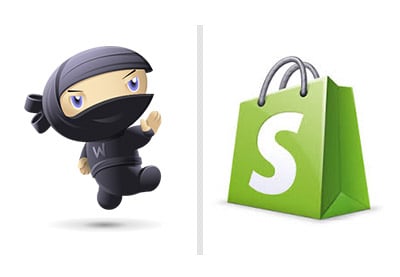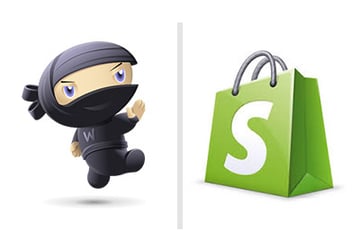Setting up an online store years ago used to be mind-numbingly complex.
Simply creating products, product pages and a checkout sequence was bad enough. But then you had to worry about payment gateways to accept payment. Shipping. And don’t forget about taxes!
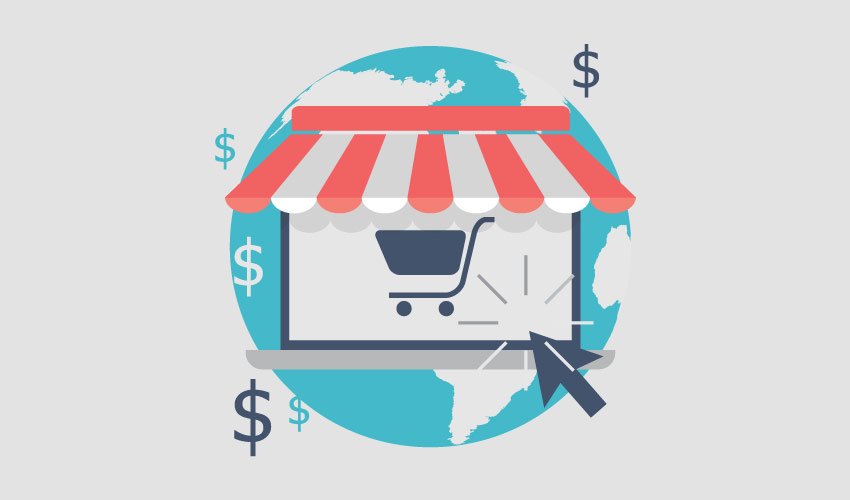
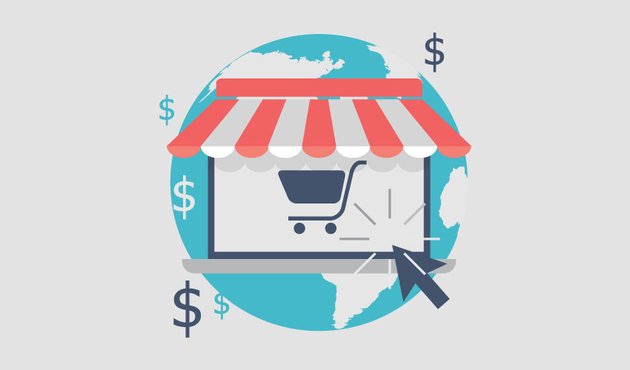
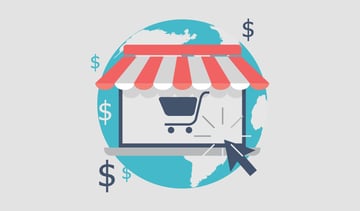
Thankfully that’s changed over the past few years, and it’s never been easier to get your first online store up-and-running.
We’ll not only show you how to start your own online store in this guide, but you’ll also be able to get online-and-selling in less than a day. Here’s how.
1. Get Started: First Research Market Demand and Product Fit
There are typically two ways you get started selling products online.
The first is to start with your initial idea or product. Chances are, you already know what you want to sell and the objective is to instead figure out (a) where your audience is and (b) how to sell to them online.
The other is to reverse engineer the process. In this case, you start with a profitable niche first, and then back out to find the right product to sell. While obviously less common, it’s still a good exercise if you’re trying to gauge possible demand before investing a lot of time and money into an unproven product.
Step 1. Measure Market Demand
The best thing about online businesses is that you can test before sinking money into the unknown.
That means you can see if there are already buyers first, by spending maybe $100 on ads, prior to investing 10 times that much into new product creation.
One of the simplest ways is to check out Google Trends. Here you can search for specific types of products to see how it has been covered or how many people have been looking for it over the last few months or years. If you were considering selling gluten free beer for example, you can see how its popularity has increased over time or dig into the data annually to look for trends.
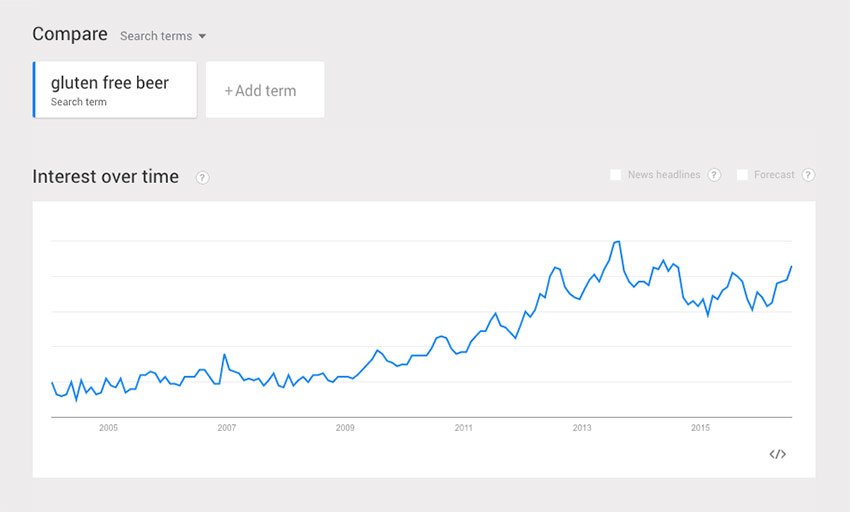
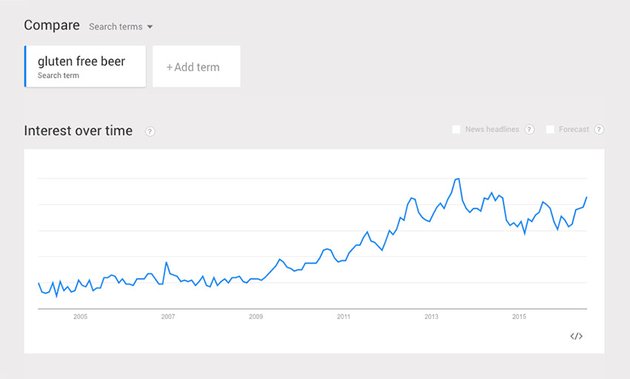
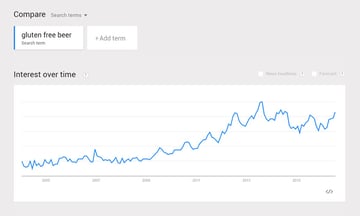
You’ll also be able to see where this interesting regional growth is happening, which is important if you’re shipping physical products or goods. As Google Trends indicates, we see that gluten free beer is not only popular in the US, but also in Australia.
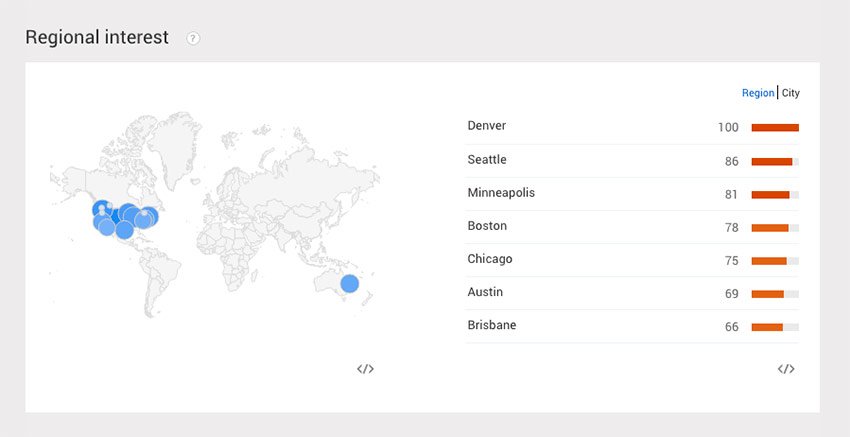
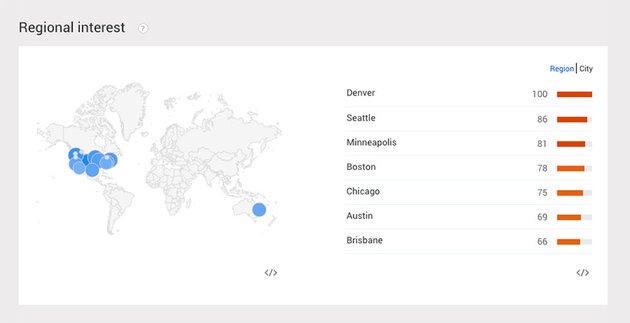
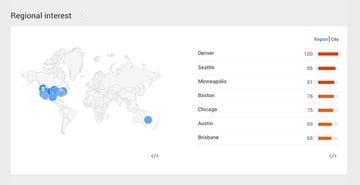
SEMrush is another great research tool, helping you to quickly determine what the general organic search (SEO) volume is and whether there’s any Google Ads competition or not.

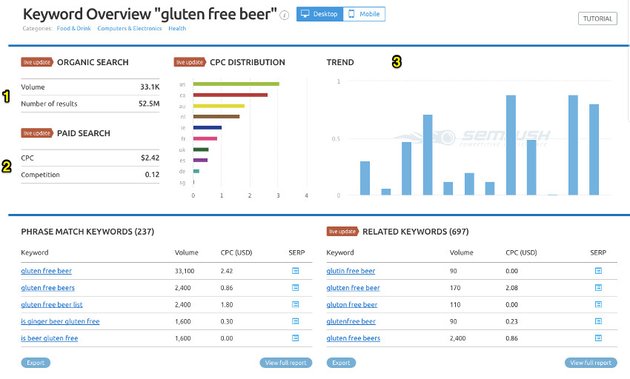
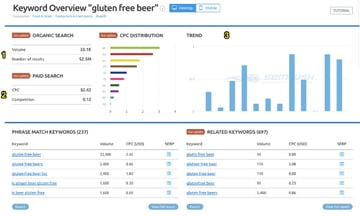
- Organic Search: What is the total volume (or interest and demand) in this keyphrase?
- Paid Search: Are people currently bidding on this phrase, and what’s the estimated CPC so far?
- Trend: Is this keyphrase trending towards growth or decline?
Contrary to popular belief, no advertising and no SEO competition (i.e. the sign of no customers) is a very bad sign. It means there’s no market too.
However, you obviously wouldn’t want to jump in the deep end either, trying to outbid some of the most competitive (and expensive) markets.
For additional business planning resources, look no further than our Online Microbusiness Learning Guides.
Step 2. Find Pre-Made Products
If you’re still unsure of exactly which products you’d like to start selling (or investing in the creation of), start browsing a large affiliate network that’s already filled with hundreds to thousands of them.
ClickBank, ShareASale, and CJ (formerly Commission Junction) are three of the biggest affiliate networks with tons of products readily available.

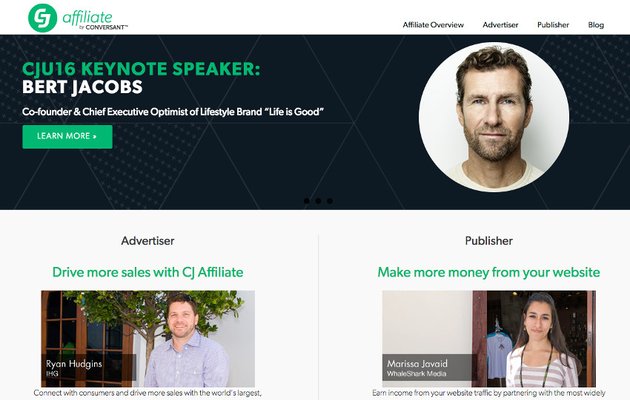

Many other large websites that sell their own products will have their own affiliate networks too. For example, Bodybuilding.com is primarily known for all of their excellent fitness content. However they make money on supplement sales primarily. You can become an affiliate quickly and tap their large network of credible products. These links are typically in the site’s footer if they have a program.

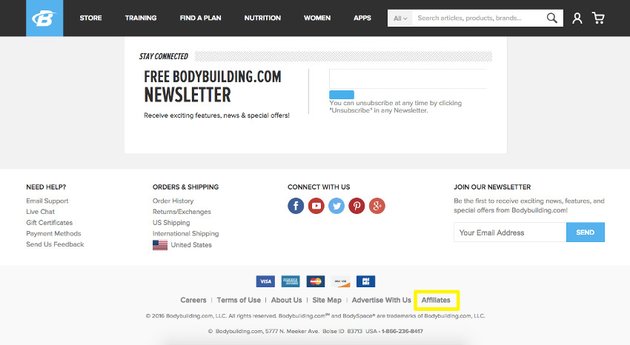
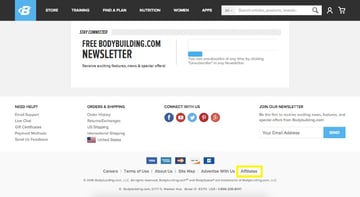
The best part about affiliate networks is that a lot of the hard work is already taken care of. The products are proven. The checkout and shipping methods are reliable (and handled by somebody else). You just have to help sell it (and you get a cut of the revenues for your trouble).
Another nascent, but growing option includes products using Amazon Fulfillment. Some savvy first-time e-retailers are turning to it as a simple, all-in-one solution for getting products sold to the masses, without having to deal with a lot of the headaches around shipping around the country (or world).
Learn more about affiliate marketing and selling affiliate products:
2. Set Up Your First Online Store Right
Setting up an online store used to be difficult. Not anymore. Here’s how to your first online store running in no time. You have three primary options when setting up an online eCommerce store.
Option 1: Magento
The industry standard. The most customization options for the largest sites. However, it’s also the least user-friendly by far.
We have a plethora of available Magento themes ready for customization. Although if you’re not technical, you may need help setting it up and customizing to your liking.
For example, Porto is a contemporary Magento theme that comes with 18 different homepage styles. It’s one of the top rated themes available on Envato Market, with over 629 reviews and over 6,000 sales

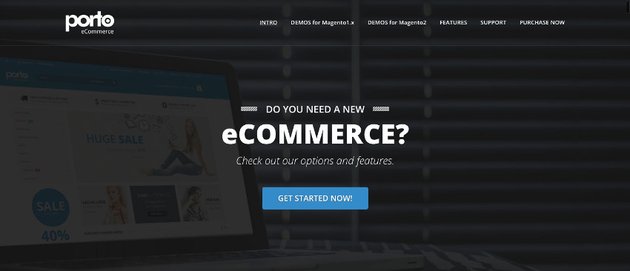
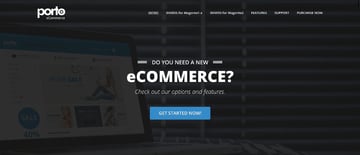
Option 2: WordPress (WooCommerce)
WordPress provides a good mix of custom flexibility and user friendliness. A decent middle of the road option if both are important. WooCommerce powers the vast majority of WordPress eCommerce sites.
Check out our marketplace of WooCommerce-enabled themes to quickly get something that looks beautiful. Or, browse through our theme showcase, learn how to set up a new theme, and dig into our course on the basics of working with WooCommerce:


 WooCommerce30 Best WooCommerce Themes: To Make a Better Online Store
WooCommerce30 Best WooCommerce Themes: To Make a Better Online Store- WooCommerceHow to Install and Set Up a New WordPress WooCommerce Theme
Savoy is a modern and minimal WooCommerce powered storefront that features a beautiful AJAX-powered product search.
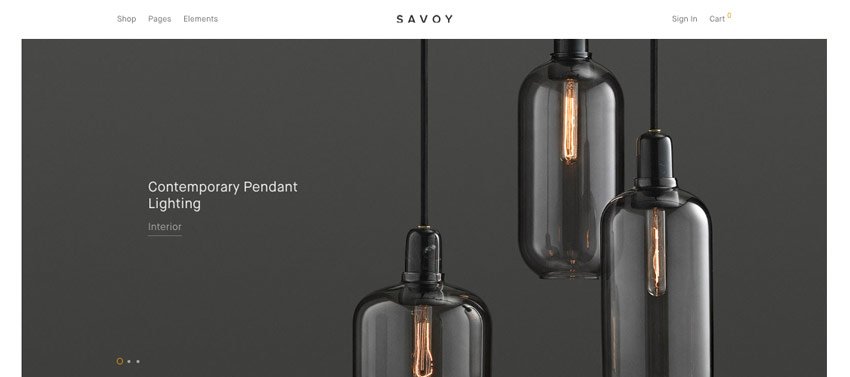
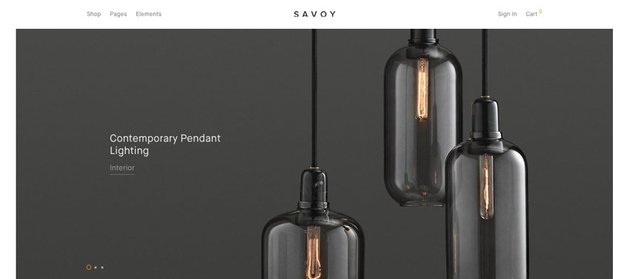

Option 3: Shopify
The most user-friendly by far. Perfect for smaller or relatively simple websites. Their stores come ‘pre-built’ with many handy options like Shopify Payments so you don’t have to worry about setting up a third party option.
Although Shopify typically offers the least customizations of the three options, you can still get a beautiful, new Shopify theme from our library or browse through our best themes below:
For example, Ella will take your standard Shopify site and turn it into a contemporary powerhouse that looks far more expensive than it actually cost to put together.



Learn more about the differences between Shopify and WooCommerce:
Each of these three eCommerce stores work with the most popular payment gateways, including:
New eCommerce Website Trends to Follow
As websites have evolved over the past few years, consumers have new expectations and increased standards that they’re used to seeing when browsing websites. Here are a few new eCommerce trends you’ll want to explore and considering adding to your site:
- Responsive Website: Shoppers today are used to finding products on their mobile devices, adding products to their carts on tablets, and then purchasing on their desktop. That means your website needs to be fully responsive to accomodate this multi device shopping. (Don’t worry, this comes standard on all of our themes in our marketplace and especially the ones listed above.)
- Product Videos: There’s no better way to increase product credibility than showing a video of it in context and highlighting the benefits. A whopping 73% more people will purchase if there’s a product video (compared with when there isn’t).
- Personalization: The biggest online retailers like Amazon are now tailoring their website based on what people searched for or purchased in the past. Incorporating an area to ‘Recommend’ products can help your store stand out.
- Product Demonstrations: Sometimes it’s easier to show, than tell. Especially with complex or highly visual products. For example, Evodesk does an awesome job showing you how product customizations change the look and feel in real time.
3. Plan Your Marketing and Sales Strategy
You’ve tested the market. Found the right products. Set up a beautiful looking store and incorporated some of the latest features that today’s experienced shoppers demand.
Now all that’s left is to launch and start driving sales.
At this point, it’s easy (and convenient) to think that SEO will magically start bringing in sales to your new website. Unfortunately, that won’t happen anytime soon.
Instead, you’re better off choosing one of these following ways to begin your marketing with.
Step 1. Pursue Influencer Referrals
Your early sales are going to come through other people recommending your products to their groups of people.
These can be journalists or bloggers that write for large media sites. They might be large product companies that can carry your stuff. Or they might just be regular individuals that can refer your products to communities and groups of potential customers.
For example, one of the easiest ways to get started is to look for bloggers in your niche who already regularly review products like yours. Use advanced Google operators like to narrow your search.
Or you can get extra sneaky by using Moz Open Site Explorer to look at all the people currently linking back to your competition to find the sites reviewing them that you haven’t yet.
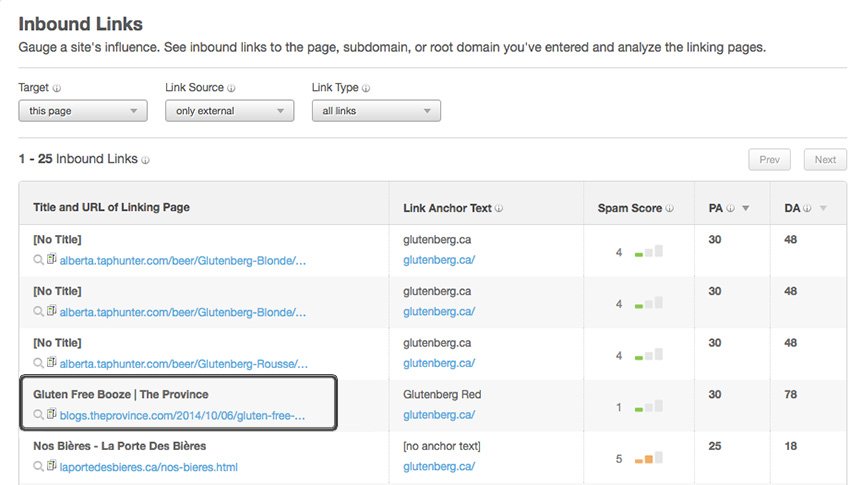
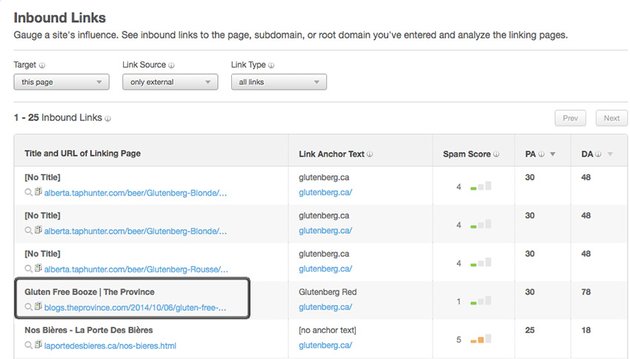
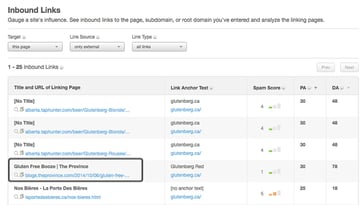
Another tip is to potentially partner with content-driven sites that are constantly looking for interesting content. In this case, you want to create engaging, interesting stuff while also potentially featuring your product (think trojan horse, where you can slip in subtle product placement-style messages).
One way to find these is by Google operators like ‘inurl’:
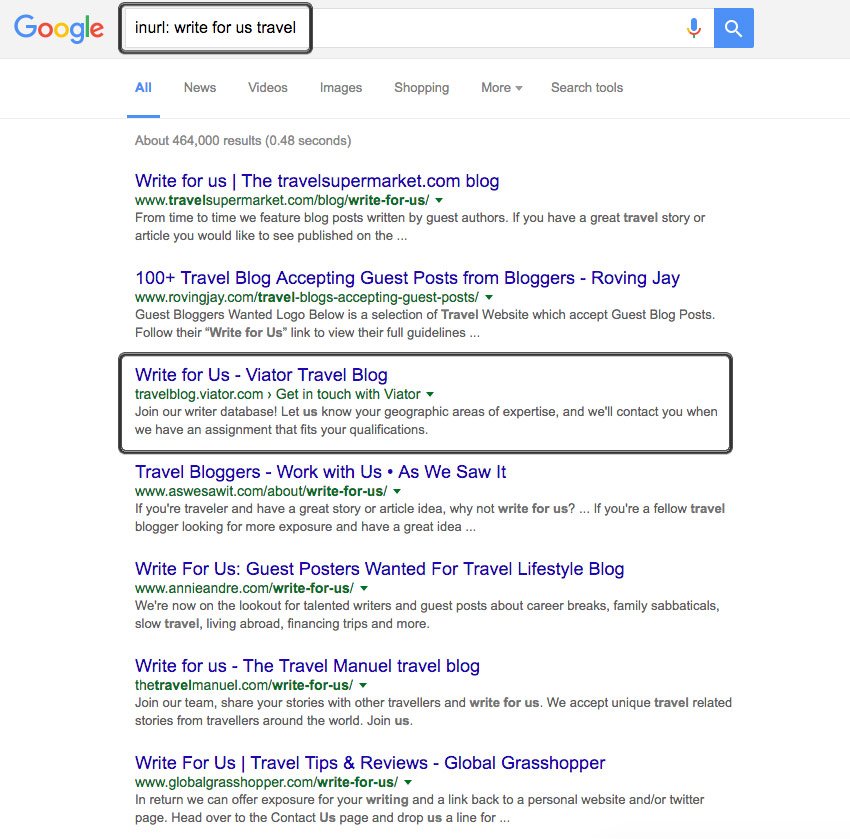
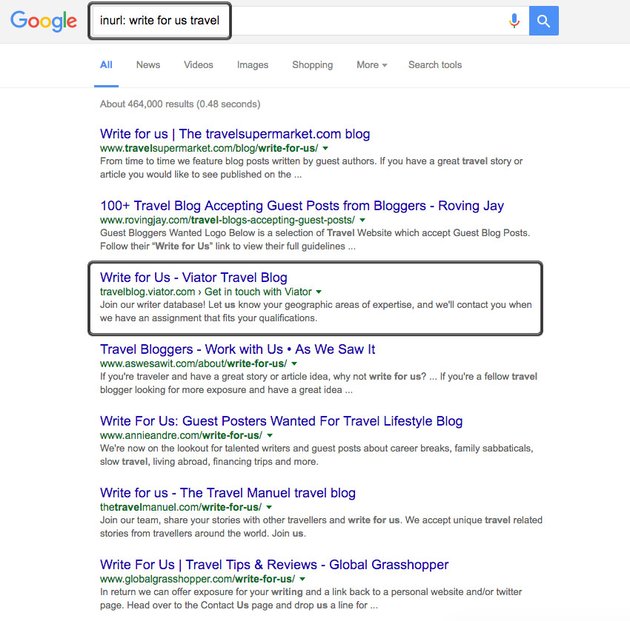
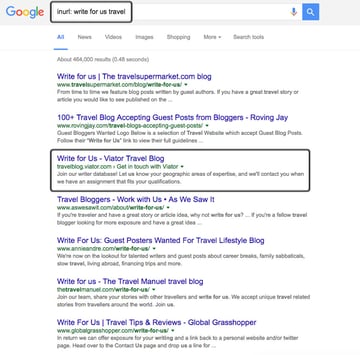
For example, Primally Pure does a great job in this guest post by keeping the focus of the article on a bigger topic of interest or pain point for the audience.
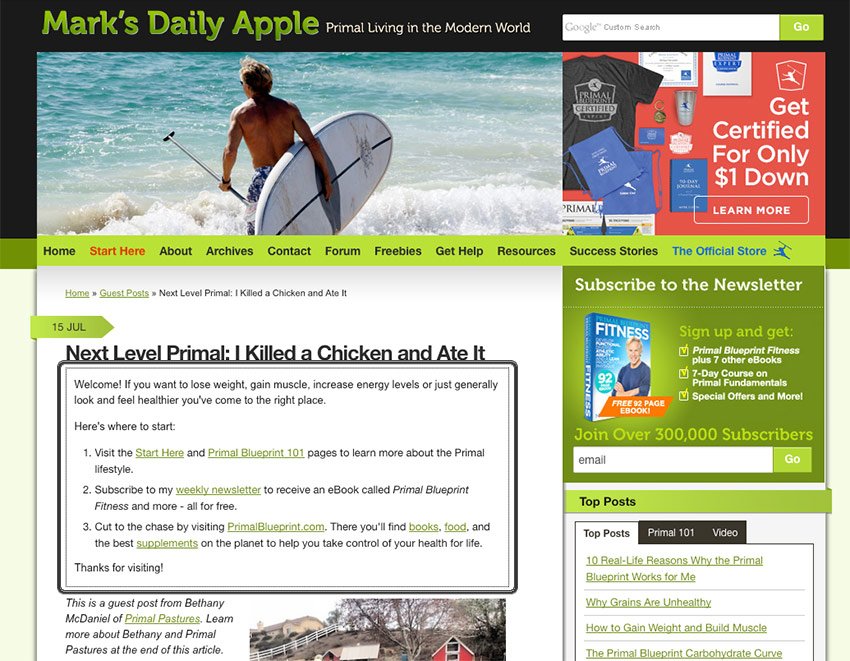
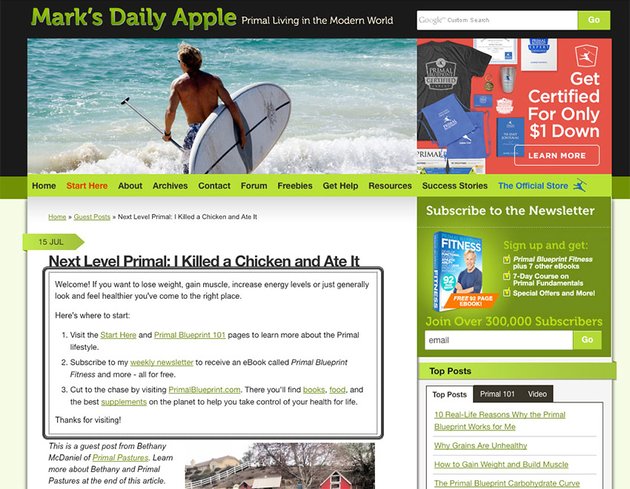
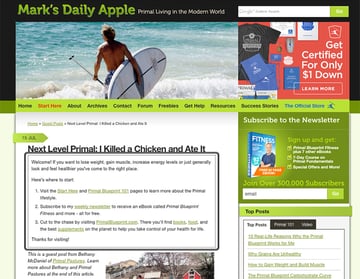
A final example is to join the affiliate networks mentioned earlier, but this time to allow others to sell your products for you. Or you can look for specific partners who might cater to the same audience and would be willing to help promote your work for a share of the revenue.
Step 2. Start Your Initial Advertising Campaigns
Many small or first-time business owners are under the impression that advertising is ‘too expensive’. However that’s not always the case.
For example, remarketing ad campaigns (the ones that follow people around after they’ve visited your site) can dramatically increase ROI despite not costing that much at all.
In this case, you’re targeting people that have already visited your website (or flipped through your products), so the audience targeting is very defined and specific.
These can be setup through Google’s Ads or Facebook through their powerful Dynamic Product Ads. Facebook’s option can even be customized further, letting you setup a basic ‘template’ to start with that pulls in data based on exactly the same products people viewed on your site.
Are You Ready to Start Your Own Online Store?
Setting up your first eCommerce store years ago required developers, thousands of dollars, and a number of months of development. Today, you can have one up-and-running by the end of the night within $100 in many cases.
Not only that, but it will look every bit as custom and beautiful with the high-quality themes available. All of which are fully responsive, adapting seamlessly to any device. And they’ve figured out the most difficult aspects such as payment gateway integration, shipping, taxes and more.
Browse through our showcase of trending eCommerce templates from Envato Market:
Starting an online store is no longer the hard part. Instead, it’s about taking the first few steps of properly researching your potential customers, and then executing a proactive action plan to promote your products.
Follow the simple steps on how to start your own online store in this article. Avoid getting bogged down in the details though and focus on taking your first steps.
Editorial Note: This content was originally published in 2016. We’re sharing it again because our editors have determined that this information is still accurate and relevant.








